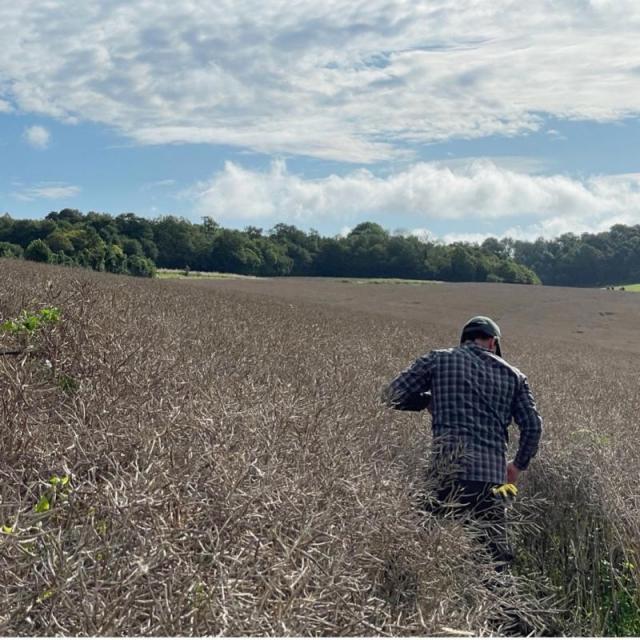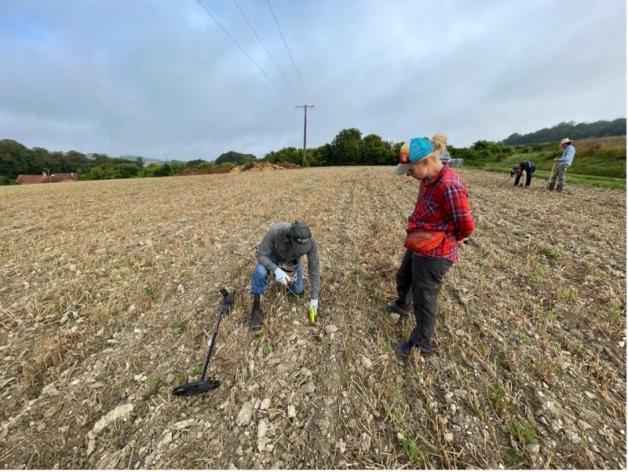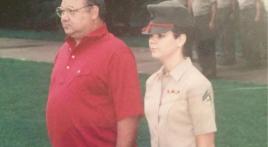This year marks the 77th anniversary of the crash of an American bomber in northern France that occurred in the summer of 1944. The pilot’s remains have gone unrecovered in the European country for decades.
A mission to recover the remains of the pilot who crashed in a farmer’s field is now underway, led by Colorado State University’s Center for Environmental Management of Military Lands in conjunction with the Defense POW/MIA Accounting Agency and archeologists from the Denver Museum of Nature & Science. The team will carry out a veterans archaeological excavation in France from mid-August to early September.
“The mission hopes to identify and return the fallen pilot’s remains to American soil,” said Ray Sumner, the mission’s project manager and team leader. Sumner is commander of American Legion Post 1879 in Fort Collins, Colo. The post was established in recent years by student veterans from CSU.
The effort is a follow-up to an initial archeological site survey conducted in 2019, which found pieces of wreckage consistent with that of a B-17 aircraft, said Sumner, who is also a retired Army lieutenant colonel and Ph.D. candidate in the Department of Anthropology in CSU’s College of Liberal Arts.
The excavation will also include a team of volunteers comprised of CSU students and alumni, metal detector experts, and members of the Veterans of Foreign Wars and American Legion posts in Europe.
Sumner said American Legion Paris Post 1 has played a critical role in the mission. Bryan Schell, who is from Colorado and serves as the commander of Paris Post 1, organized European volunteers and coordinated logistical support. Post member and retired Marine Corps Lt. Col. Valérie Prehoda helped coordinate the volunteers and served as an advance party to the region.
In excavating the pilot’s remains, CEMML, housed in the Warner College of Natural Resources, will continue CSU’s long history of serving the U.S. military throughout the world, said Reymundo “Tony” Chapa, executive director of CEMML and the project’s principal investigator.
“As a combat veteran, I am honored to facilitate the DPAA’s mission by leveraging CEMML’s expertise to bring closure to families who have been waiting so long for information about their lost loved ones,” Chapa said.




